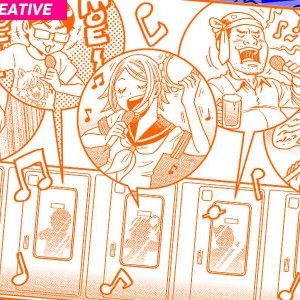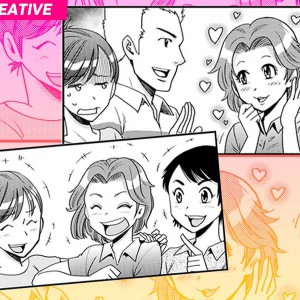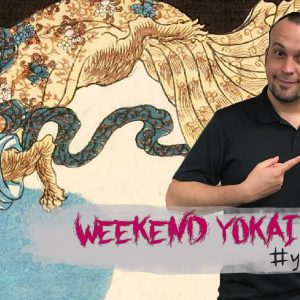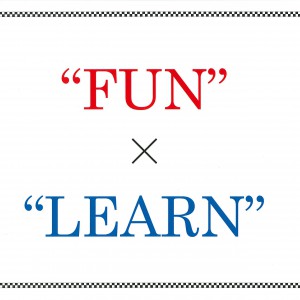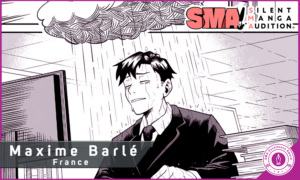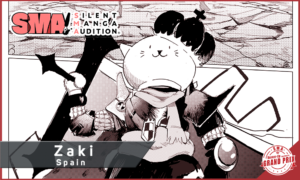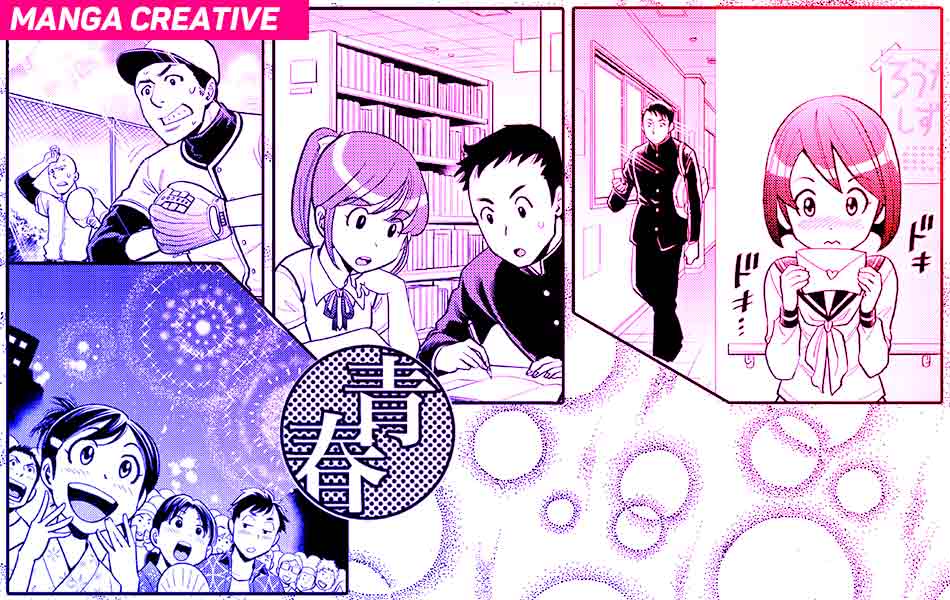
When I was younger, my parents used to tell me: “Enjoy school. These are the best days of your life!” (as you can imagine, I wasn’t a big fan of school back then) Perhaps youth is something that you can only appreciate once you’ve lost it? However, if you want to reminisce about youth, then there’s nothing better than manga!
Today’s word: Seishun
青 Sei (blue / green)
春 Shun (spring)
The literal translation for “seishun” is “blue spring”. This come from old Chinese, where each season had a color assigned to it. The character 青 can also mean “green” (depending on the context) and like in English, the color green represents inexperience or immaturity. In anime and manga, “seishun” often gets the somewhat long and flowery translation of “springtime of youth”!
Needless to say, seishun is a common theme, with the vast majority of manga titles having teenage heroes and heroines. It’s easy to see why this formula is a winner. Teenagers can identify with it, and for adults, it’s a good dose of nostalgia.
Although it’s hard to define a “seishun anime”, the general idea is of young people (usually high schools students) with little life experience, but loads of energy and enthusiasm, tackling whatever is most important to them; be that studies, club activities, love or hanging out with their friends.
On the other hand, sometimes we have to acknowledge that seishun is bittersweet. There are several cynical titles like “Watamote” (Watashi ga motenai no ha dou kangaetemo omaera ga warui! / No matter how you look at it, it’s you guy’s fault that I’m not popular!) or “OreGairu (Yahari Ore no Seishun Rabu Kome wa Machigatteiru / My youth romantic comedy is wrong as expected)” which acknowledge that things don’t always go according to plan, and growing up has its painful moments as well… (and apparently, long-winded titles are also popular!?)
I’m sure that each of you has your own image and memories of youth. Whatever seishun means to you, I hope you’ll try to use your time wisely!
Dear Readers,
Thank you for reading Lost (and found) in Translation!
I hope you enjoyed it!
Here at Comic ZENON, we’re running a SILENT manga competition because we believe that language shouldn’t be a requirement for creating great manga. We also know that many a clumsy translation has ruined an otherwise amazing masterpiece…
That being said, learning a little Japanese can only broaden your horizons, and enrich your manga reading experience! If you love manga, and Japanese culture, then I recommend that you give it a try!
This will be my last update for a while, as from next month, we want to put our time and energy into some exciting new series’ for the SMAC! Web Magazine!
Thank you for your support!
Andrew Lee
[catlist name=”LOST AND FOUND” thumbnail=”yes” thumbnail_size=160 content=”no” date=”yes” dateformat=”M j, Y G:i” template=page_list]






